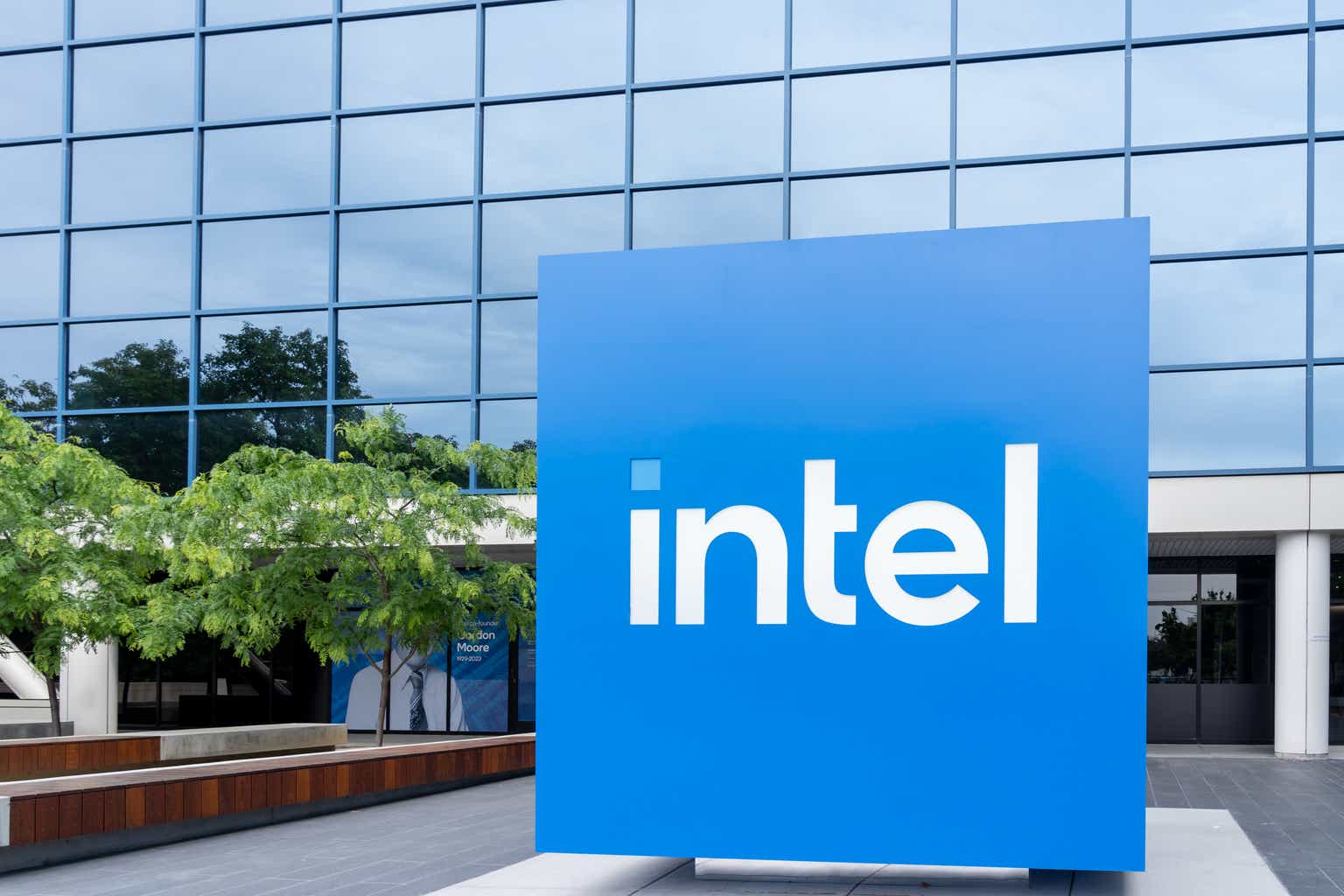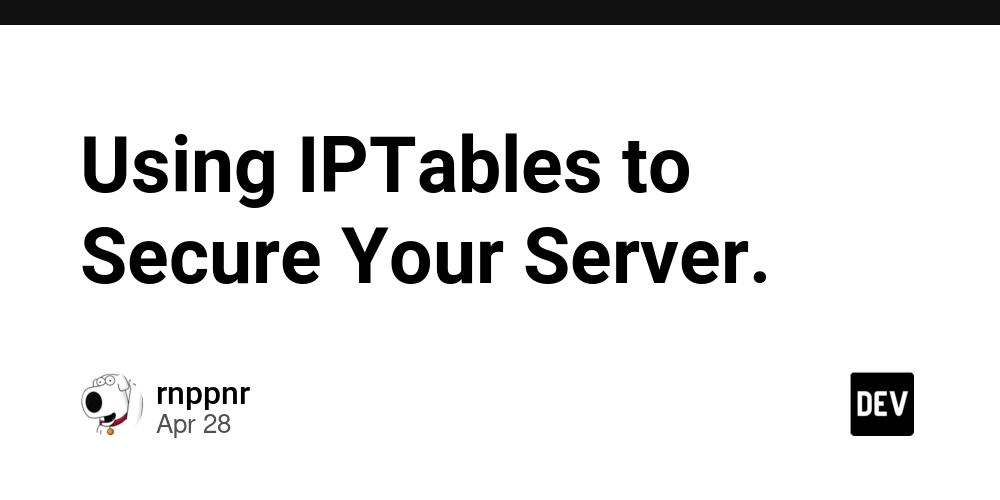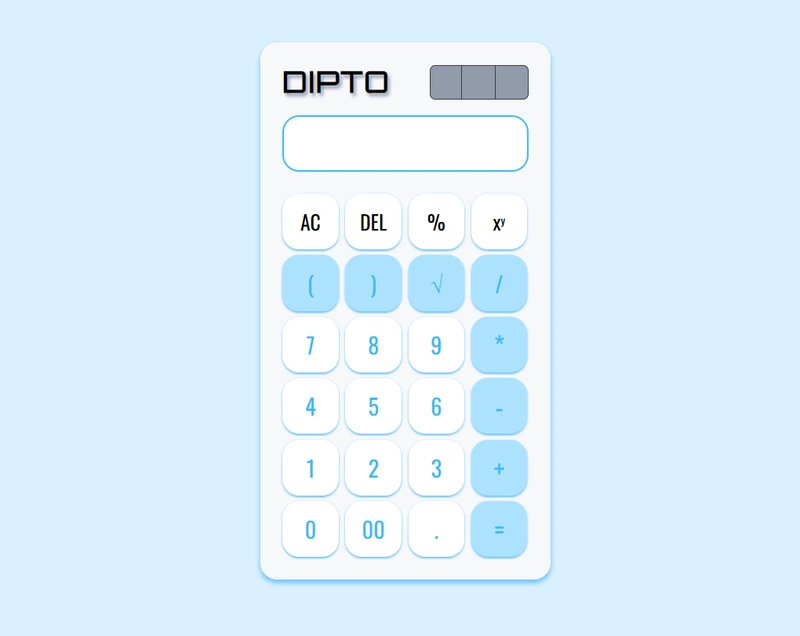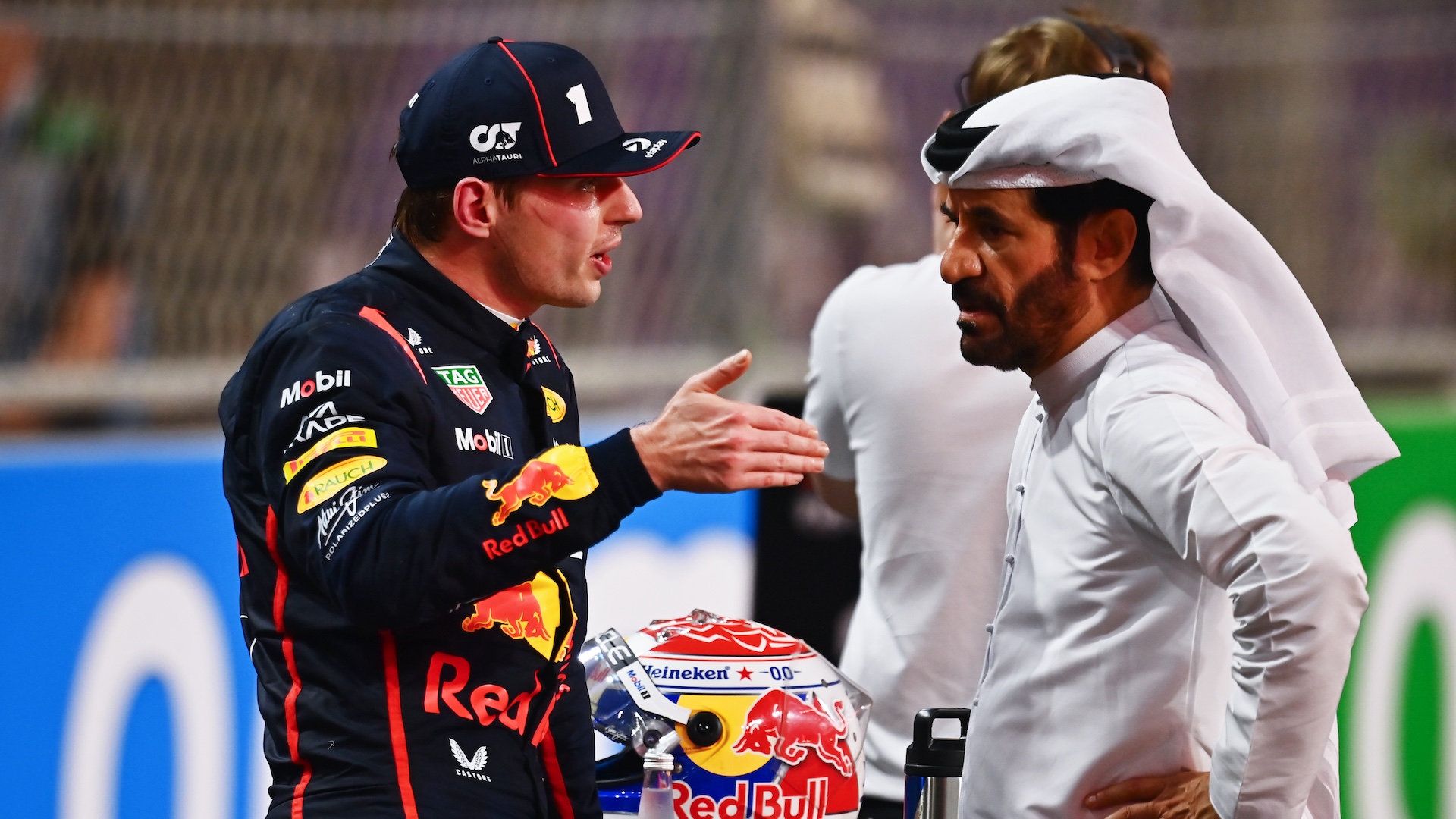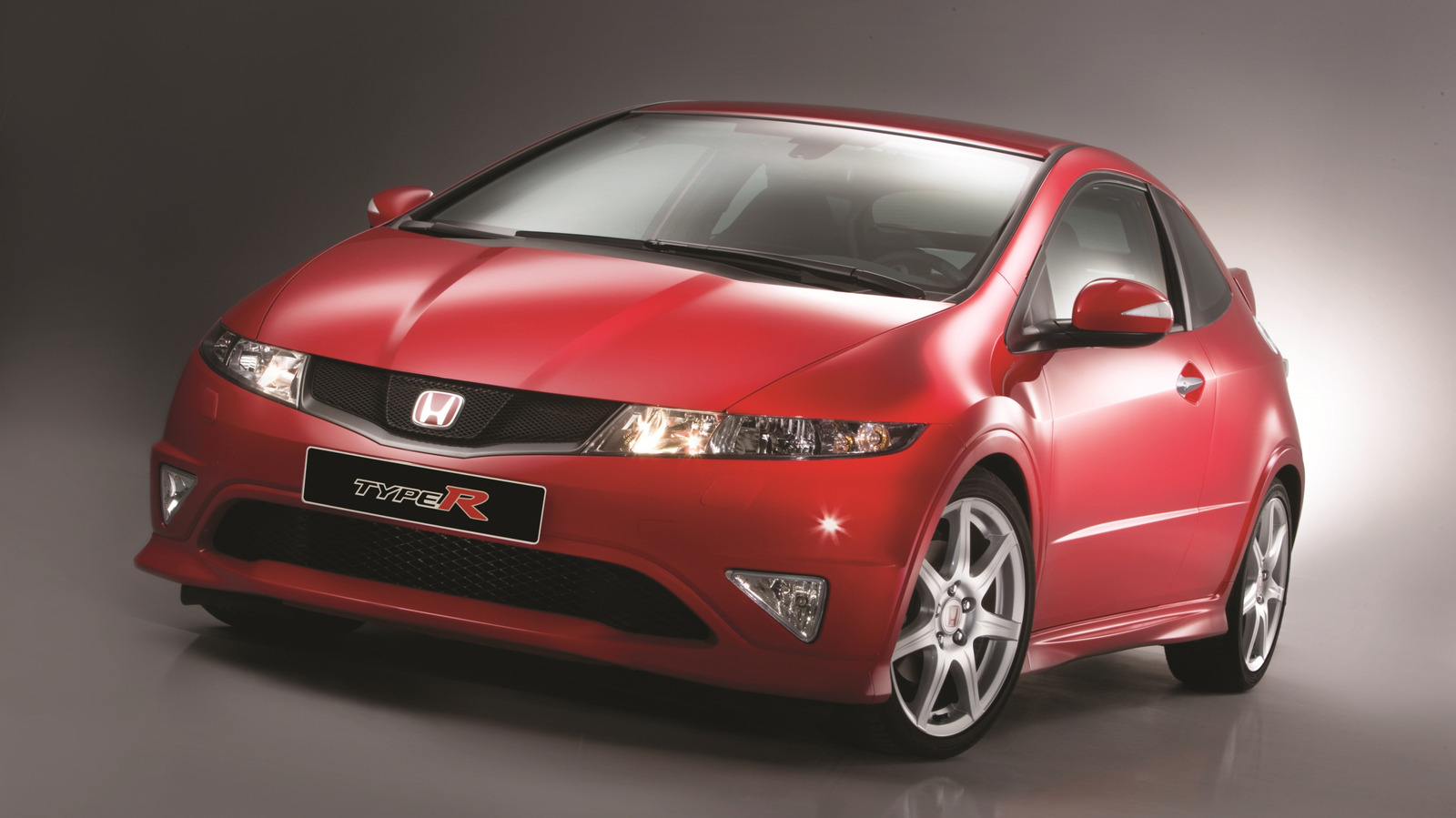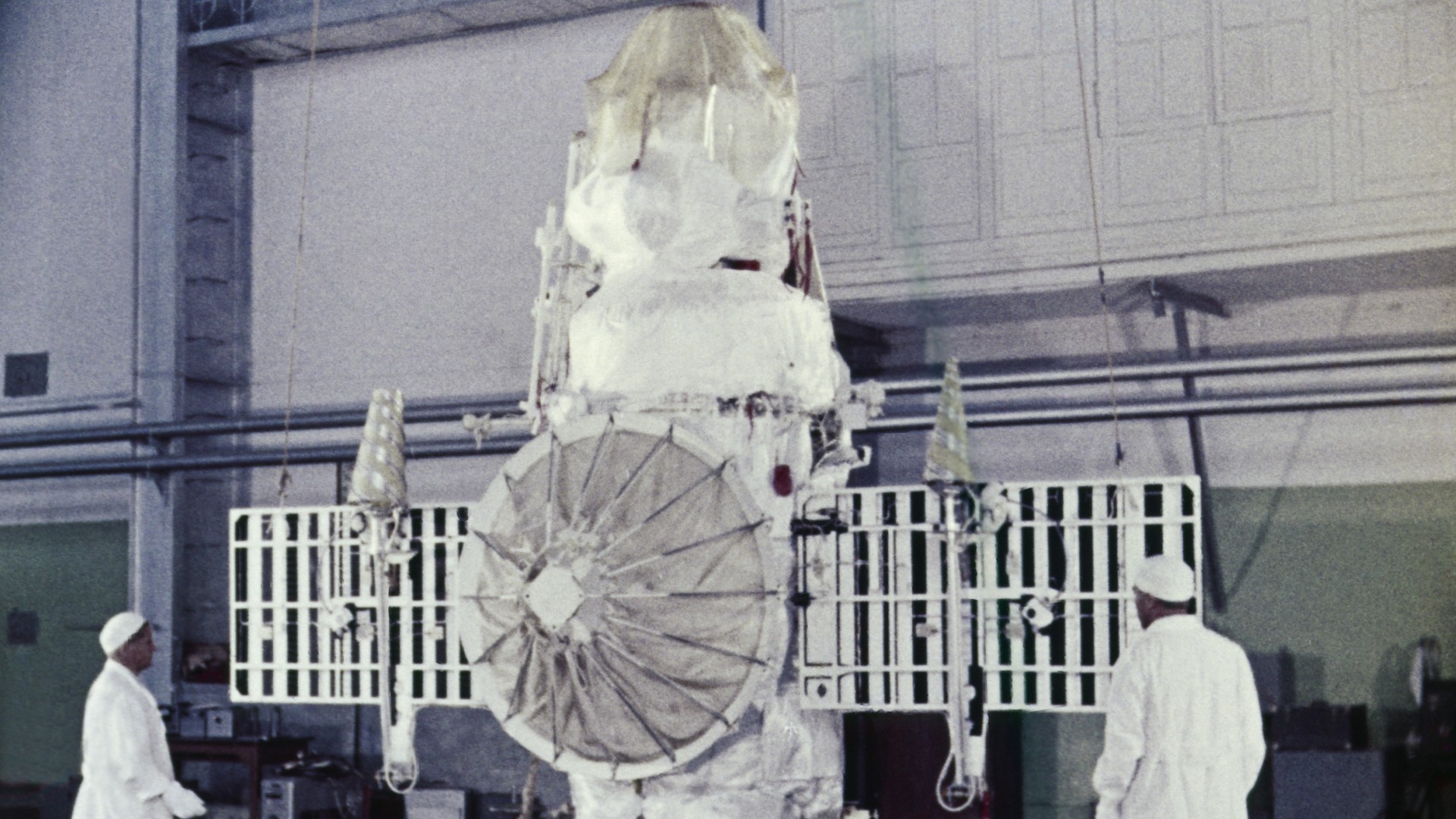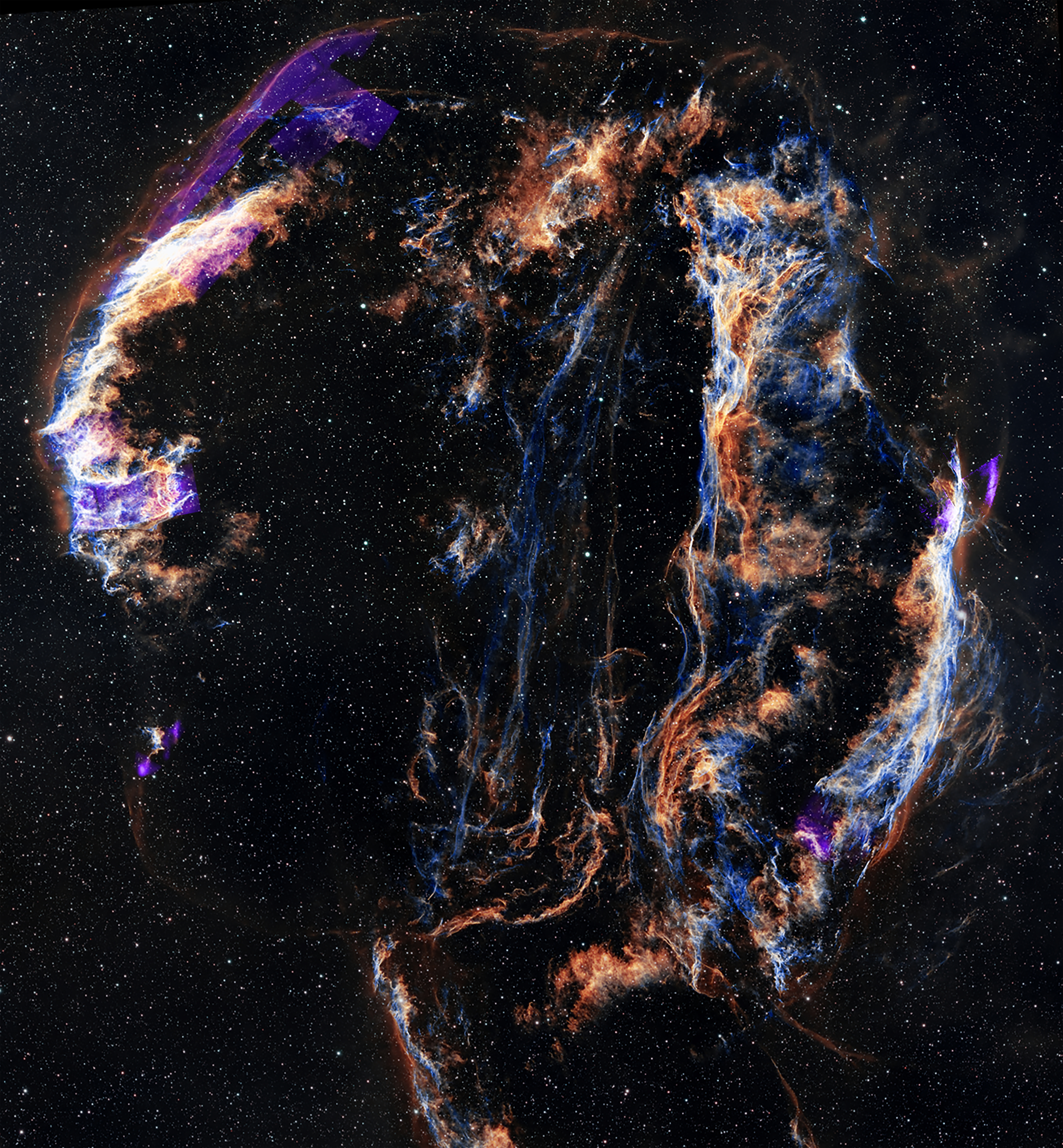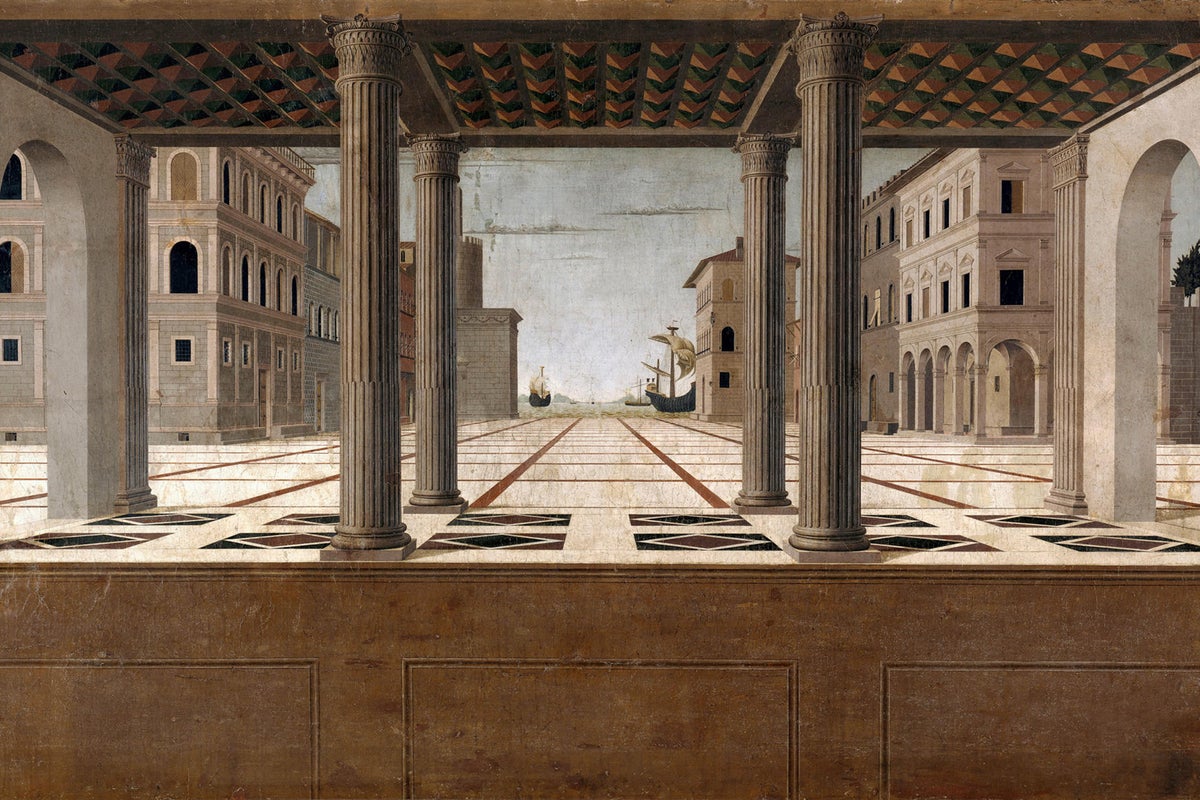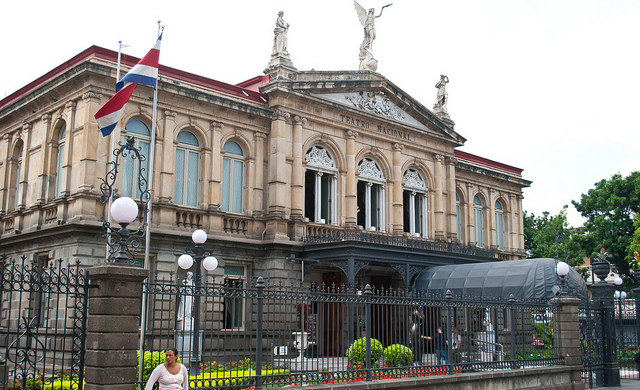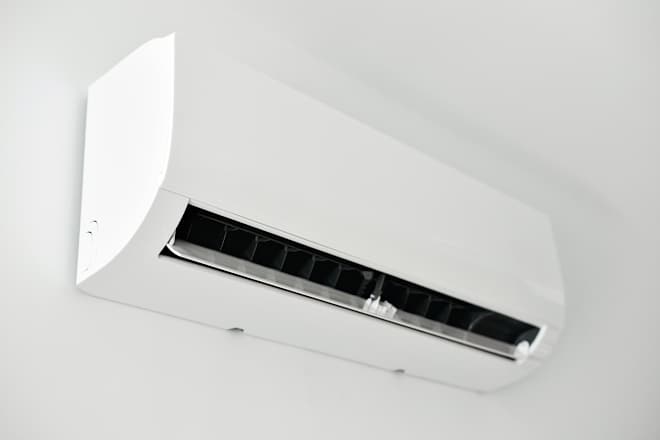Today’s Canadian elections are most important in decades — thanks to Trump
Canada’s Election Day is here. It’s been a short, hectic campaign season, marked by startling reversals — most notably a massive decline in support for the current opposition Conservative Party — and ignited by the resignation of longtime Canadian Prime Minister Justin Trudeau. The race has also been reshaped by the politics of the United […]


Canada’s Election Day is here.
It’s been a short, hectic campaign season, marked by startling reversals — most notably a massive decline in support for the current opposition Conservative Party — and ignited by the resignation of longtime Canadian Prime Minister Justin Trudeau.
The race has also been reshaped by the politics of the United States, namely the aggressively expansionist vision and chaotic economic policy of President Donald Trump.
Results should be in shortly after polls close at 10 pm ET. According to the polls, Trudeau’s Liberal Party is expected to come out on top, although it’s difficult to say now by how much.
To fully understand what led to this strange election, how the US shaped it, and what’s next for Canada, I turned to Vox’s Zack Beauchamp, our politics correspondent, who lives in Ontario. Here’s what he had to say (our conversation has been edited for clarity and length):
So Zack, could you give us a brief overview of the Canadian political scene?
There are a number of different parties that compete in national elections, but there are really only two that have a chance at holding the premiership.
One, there are the Liberals — who are the incumbent party, and as you might guess, are the central-left party — currently led by Mark Carney, who’s a central banker by career. Carney took over after the longtime prime minister, Justin Trudeau, resigned amidst significant unpopularity.
Two, there is the Conservative Party. Their name is self-explanatory, and they’re led by Pierre Poilievre, who is a career politician — he’s been in politics since he was in his early 20s. For a long time, Poilievre was leading the polls. He’s fairly right-wing by Canadian standards.
Monday’s race is primarily between the two of them.
There are also other parties that matter, chief of which is the New Democratic Party (NDP), the left-wing alternative to the Liberals. They are intermittently successful, but this year are doing very poorly. You also have two smaller parties, the Green Party and the People’s Party, which is an attempt to build a European-style, far-right party in Canada that so far, hasn’t been very successful.
There’s a fourth party which matters regionally, but can affect national parties: the Bloc Québécois, which represents Quebec, which is the French speaking part of Canada. It has very distinct regional interests around French language, French identity, and French culture. They usually do very well in national elections within the province of Quebec, but don’t really perform anywhere else.
I love the clear branding on all the parties there, that’s very helpful. What do our main duo, the Liberals and Conservatives, believe in?
If you’re in America trying to think through who the Liberals and Conservatives are, imagine a Republican Party prior to Trump, then shift that party a little bit to the left to accommodate for a more left-wing country — that’s the Conservatives. For the Liberals, imagine a party that’s not Bernie Sanders, but certainly on the left-wing side of where the Democratic Party is right now.
That’s not how I would normally explain them if I was talking to a Canadian, or the most accurate way to describe them; the US and Canada are different countries. But if you’re looking for a frame of reference to try to latch onto, that will give you a rough, analogical grasp for what the two major parties are.
I should also note that there are certain hot-button issues in the US — like abortion or national health care — that are not issues in the same way in Canada.
“That anti-establishment movement isn’t new in Canada, and it’s not exactly Trump inspired, but it is Trump-inflected, given how Trump has shaped the modern populist right.”
There is no real effort by any major party to get rid of Canada’s permissive abortion laws, nor is there any effort to get rid of Canada’s national health insurance. Those are both overwhelmingly popular, and one of the common Liberal attacks on the Conservatives is that Conservatives might actually want to change those policies secretly, even though they won’t admit it. It’s referred to as “reopening the abortion debate” here in Canada; Conservative leaders in the past have had to deny any interest in doing so.
That should give you a sense of how the political mean is very, very different here than it is in the US.
I know recent events have scrambled the election a bit, but before that happened, what were the key issues on people’s minds?
Key here is Poilievre, who isn’t Trump, but is as close to a Trump figure as could succeed in the world of Canadian politics. He is aggressive. He’s populist in his rhetoric. He embraces conspiracy theories. He attacks the media — one of his signature proposals is defunding the CBC, which is Canada’s national broadcaster, at least defunding its English language services, because, again, you’ve got to play to the Québécois.
In general, he’s a pugnacious figure who embodies the anti-establishment strain of Canadian politics. That anti-establishment movement isn’t new in Canada, and it’s not exactly Trump inspired, but it is Trump-inflected, given how Trump has shaped the modern populist right.
All that wasn’t too much of a problem for Poilievre prior to Trump’s reelection, even though Canadians didn’t like Trump at that point either. Poilievre was cruising to an election victory — he had years of polling suggesting that he had an insurmountable lead against Justin Trudeau’s Liberals.
The reasons for that are straightforward: There are problems in Canada that are real, most notably cost of living is a significant concern for many people here. The cost of housing is sky high. It’s very difficult for a lot of Canadians, especially for first time home buyers, to find an affordable place to live.
Poilievre capitalized on this sense that things are just too expensive. He would say, “Canada is broken,” on the campaign trail, and by that he meant primarily that the cost of living is too high, and that Liberal policies were making it too high.
You can agree or disagree with the accusation about Liberal policies, but many Canadians, it seemed, were willing to vote for the Conservatives, because the Liberals have been in power for 10 years and there were still problems.
Poilievre represented a change for a lot of Canadians, and that was what people wanted. That strategy was working right up until December.
Did the Conservatives have specific policies to solve the cost of living crisis, or was their solution more, “We’re not the Liberals”?
Poilievre had a housing plan that was by most standards — by which I mean, most YIMBY standards — pretty good. He really committed to relaxing regulations getting in the way of Canada homes, and to creating federal incentives to build more houses that could be offered at affordable rates.
The Liberals have adopted similar ideas, and under Carney they have also put forward an aggressive YIMBY-inflected housing program. So it’s not like the Conservatives had a monopoly on this idea, but they were able to very credibly make the argument that the Liberals have been in power for 10 years and they haven’t done any of this stuff.
So we had the Conservatives cruising for this great victory, Poilievre was so happy. Now the Liberals are expected to win. What happened?
I’ve talked to a lot of different Canadians, and the overwhelming story from academic experts to ordinary people is that Trump changed everything.
Now it wasn’t just Trump. An important thing that happened is Trudeau’s resignation in December. A lot of the Conservative campaign was about going after Trudeau personally and blaming Trudeau’s policies for anything that was bad. When the Liberals brought in a new candidate who is stylistically different from Trudeau, that blunted some of those attacks.
But it’s very hard to say that the Liberals would have been able to win just by changing candidates — people were pretty unhappy with the Liberal brand in general, which is where Trump comes in.
Trump started threatening to annex Canada, and started backing that rhetoric with coercive policies, like hitting Canada with tariffs for no discernible reason, and without any sensical guidance as to how Canada could reverse them. Trump accused Canada of sending fentanyl into the US, when really it largely flows the other way around. He started to talk about how it would look awesome on a map if the US was a giant country that had both the US and Canada as one territory.
It started to hit Canadians that like they actually were dealing with the crazy person across the border who wanted to destroy their entire nation if he could. And that led to a transformation in the issue set that was dominating the Canadian election. It went from housing, cost of living, tired of the Liberals to We need to defend ourselves from Donald Trump.
On that issue, the Liberals had the Conservatives dominated.
And it’s not even about policy — the parties agree that it’s important to resist Trump’s attacks, to use countertariffs as needed, to ease inter-province trade, and to work with European partners. It’s about trust. Poilievre is in style and substance, is a Canadian Trump. He’s been endorsed by Elon Musk publicly. He courted support among the American right. Nobody believes that he is deeply opposed to the MAGA project.
That makes Poilievre a huge albatross on the party’s neck.
Carney, by contrast, is this boring central banker, who has happened to work through crises before: He was leading the Bank of England during Brexit, for example. Brexit didn’t work out great, but that wasn’t really Carney’s fault. He emerged from that looking like a policy guy who did his best to try to manage an external economic shock that was imposed on him. And what is Canada in the middle of other than an economic crisis, imposed on it by an outside actor? That’s allowed the Liberals to ask the very effective question: Who do you trust to get us out of this mess, a career politician from Ottawa or a guy who made his bones managing economic crises?
I saw some headlines that suggested some of the polling was narrowing a little bit as we head into the Election Day. Is that notable?
The polls are tightening in part because Trump has been preoccupied. He has been a little bit too busy with his global trade war to focus on his Canadian trade war. The less Trump threatening Canada is in the headlines, the less the Conservatives are getting hammered by their inability to have a good position.
Of course, literally days before the election — last Thursday — Trump started the 51st state talk again. Carney confirmed that Trump talked about it in a direct meeting that the two of them had. And then Trump said in his Time interview last week, “I’m really not trolling with talk of Canada as a 51st state.”
It’s like he’s trying to make the Conservatives lose.
Let’s assume the Liberals win, as expected. I know what their margin of victory might be is hard to know right now — but if they do win, what does that mean for Canada’s future?
It depends on whether you trust what Carney is saying publicly, or what most people seem to think is likely to happen.
Publicly, Carney is talking about a complete reevaluation of the relationship with the United States. He says that the era of Canada depending on the US is over, and that Canadians need to decouple from the US, and reevaluate their entire strategy for economic and national self-determination.
“Practically, Canada will need to try to maintain a good relationship with the US. It would take quite a lot to push Canada into a truly radical trajectory.”
Decoupling from the US will be really hard. It might actually be impossible for Canada, for a variety of practical reasons. One is that Canada just does not currently have the military assets to do national self-defense without significant cooperation with the United States. And while there isn’t a real invasion threat from anywhere, there are some defense interests, for example, up in the Arctic, where Canadian and Russian waters border each other. The US and Canada collaborate on air space defense; Canada depends a lot on — and has contributed to — NATO.
Economically, there’s something that economists call the “gravity of trade,” where trade flows are pulled in by the geographic proximity of two places because there’s all sorts of practical difficulties in trying to trade with places that are further away. Practically, Canada and the US are right next to each other and if they want to trade perishable things like milk, they don’t have many options other than each other.
My guess is the reality is going to be somewhere between business as usual and Carney’s maximalist claims on the campaign trail. There will be a Canadian effort to build up various plan Bs in the event that the United States permanently becomes Trumpy. But practically, Canada will need to try to maintain a good relationship with the US. It would take quite a lot to push Canada into a truly radical trajectory where they feel like they have to balance against the United States rather than refining the nature of their relationship on the edges.
This piece originally ran in the Today, Explained newsletter. For more stories like this, sign up here.









